Make hand disinfectant yourself: recipes but also warnings
Washing your hands is one of the best ways to stop the spread of germs and viruses and ensure that you don't get sick yourself. However, if you don't have access to soap and clean water, or if you're on the go, you should use hand sanitizers to protect your health. As you already know, the disinfectant gel is sold out everywhere. But don't worry – you can make your own hand disinfectant using ingredients that you (maybe) already have at home.
Ensure good hygiene during manufacture
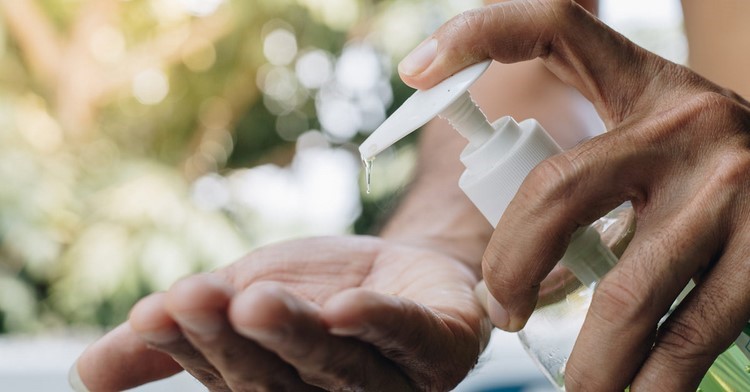
Make sure the tools you use to mix are properly disinfected, otherwise you could contaminate the whole thing. The World Health Organization also recommends that the disinfectant be left to rest for at least 72 hours after preparation. In this way, all bacteria that could have been introduced during the mixing process are definitely killed.
(To repeat it again: Nothing helps better than washing your hands. Hand sanitizer – even the real, professionally made stuff – should always be the last resort).
If you want to make your own hand disinfectant, you can try the following two recipes. The first is a recipe that you can do with things that you are likely to have ready so that it is effective in emergency situations. The second recipe is more complicated but easy to make if you have the option to shop and plan ahead.
The alcohol content is important for effectiveness
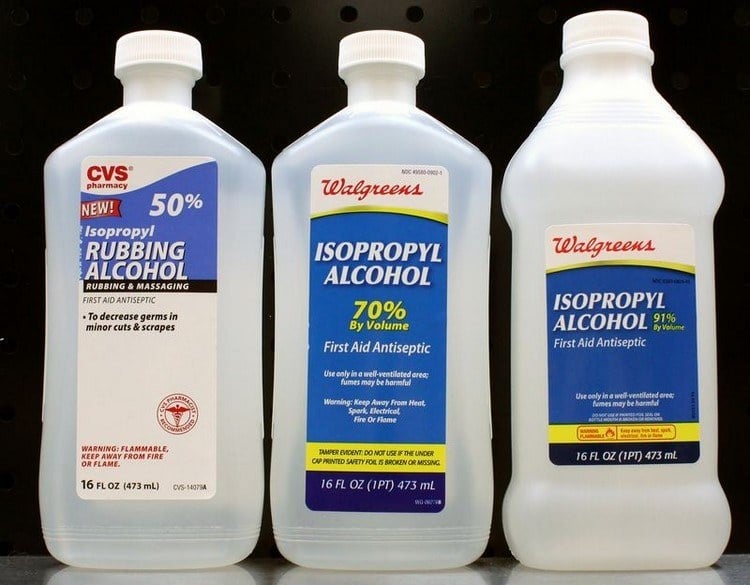
You will need some rubbing alcohol (isopropyl alcohol) or 96% ethanol. According to the “Centers for Disease Control and Prevention”, your disinfectant mix must contain at least 60 percent cleaning alcohol to be effective. A bottle of 99 percent isopropyl alcohol is the best thing you can use. Vodka and whiskey have a volume percentage of 40%, which is too low.
Recipe for hand disinfection gel:
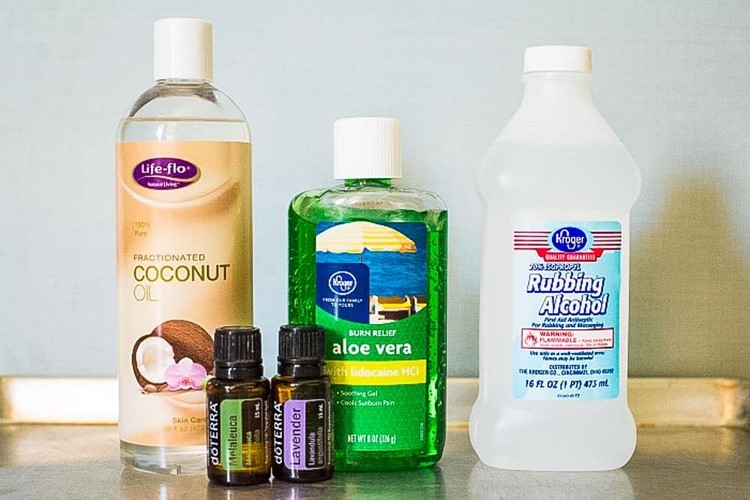
Isopropyl alcohol
Aloe vera gel
Tea tree oil
Mix 3 parts of isopropyl alcohol with 1 part of aloe vera gel. Add a few drops of tea tree oil to give the disinfectant a pleasant scent. Alternatively, you can use lemon juice.
Recipe for disinfectants from WHO:

The aloe blend is effective, but aloe feels sticky to the skin. So here is a recipe that is less sticky and stronger. For a larger amount of hand disinfectant, the World Health Organization (WHO) recommends the following formula:
Isopropyl alcohol
Glycerin 98%
Hydrogen peroxide 3%
Distilled water (or boiled, then cooled water)
spray bottle
Mix 400 ml of isopropyl alcohol with 2 teaspoons of glycerin. Glycerin is an important ingredient because it prevents the ethanol from drying out your hands. If you can't find glycerin, continue with the rest of the recipe anyway, and remember to moisturize your hands after applying the disinfectant.
Mix in 1 tablespoon of hydrogen peroxide and then 60 ml of distilled or boiled (then cooled) water. (If you are working with a less concentrated solution of rubbing alcohol, use a lot less water; remember that at least two-thirds of your final blend must be alcohol).
Fill the solution in spray bottles – this is not a gel, but a spray. You can also dampen a paper towel with it and use it as a wipe. You can add a few drops of essential oil at will.
Read the full WHO guide to disinfectant manufacturing here.
Health experts advise against the production of homemade hand disinfectants
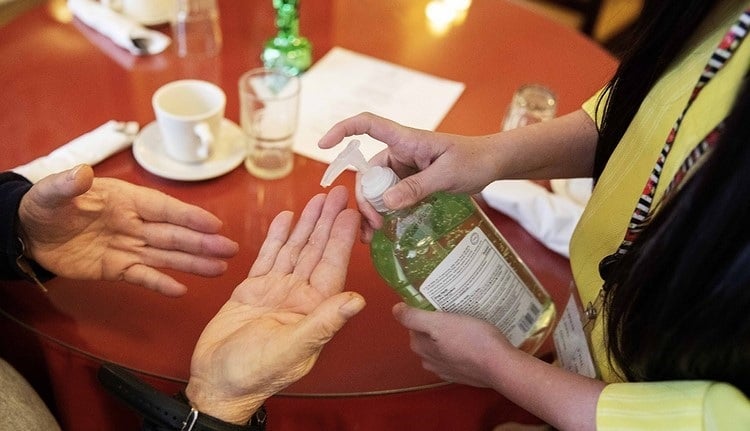
However, health experts strongly advise against making a do-it-yourself form of disinfectant. The experts point out that a DIY product could irritate the skin if it is manufactured incorrectly.
“I am concerned about people who make their own hand sanitizer because it will be difficult to ensure that the potency and dilution levels are correct,” said Daniel Parker, assistant professor of public health at the University of California.
To be effective, the hand disinfectant must consist of at least 60 percent alcohol, the US Center for Disease Control and Prevention (CDC) states. If not made this way, it can be ineffective or dangerous.
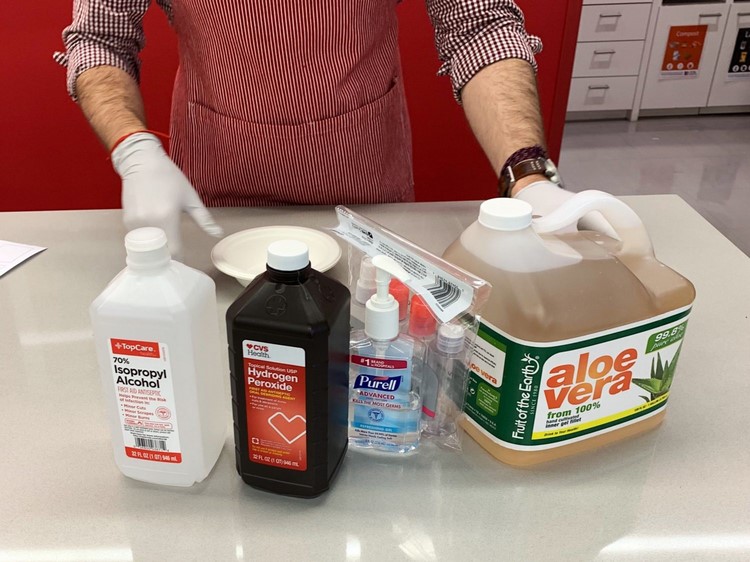
In addition to the ingredients that manufacturers put in their hand disinfectants to kill germs, these products also contain protective agents that protect the skin of the consumer from the strong effects of alcohol. If you don't have the necessary plasticizers that are in the products sold in a store, you could be at risk of damaging your skin, Sally Bloomfield, a professor at the London School of Hygiene and Tropical Medicine, told The Guardian.
Don't worry if you couldn't get your hands on a standard disinfectant. No matter what happens, the best hygiene measure is to wash your hands properly. If you wash your hands thoroughly with soap for at least 20 seconds, you can prevent the transmission of the coronavirus, Parker said. If disinfectant is your only option, take enough gel for both hands and make sure you use it correctly. In this guide with a practical video from WHO you will learn how to properly disinfect your hands:
(youtube https://www.youtube.com/watch?v=ZnSjFr6J9HI)
The post Do hand disinfectant yourself: recipes but also warnings appeared first on Deavita.com | Living ideas, design, hairstyles, make-up, lifestyle, health and beauty tips.





















